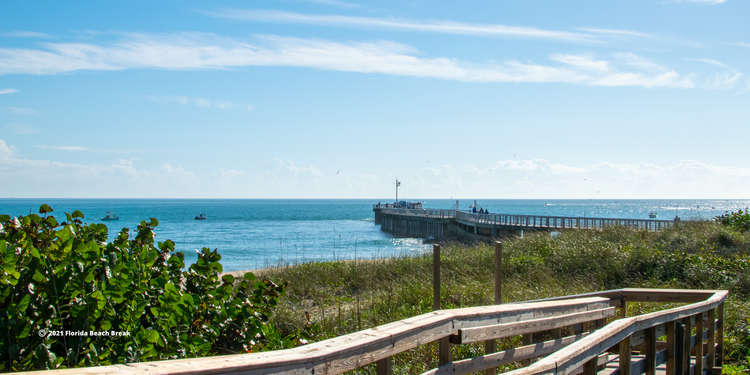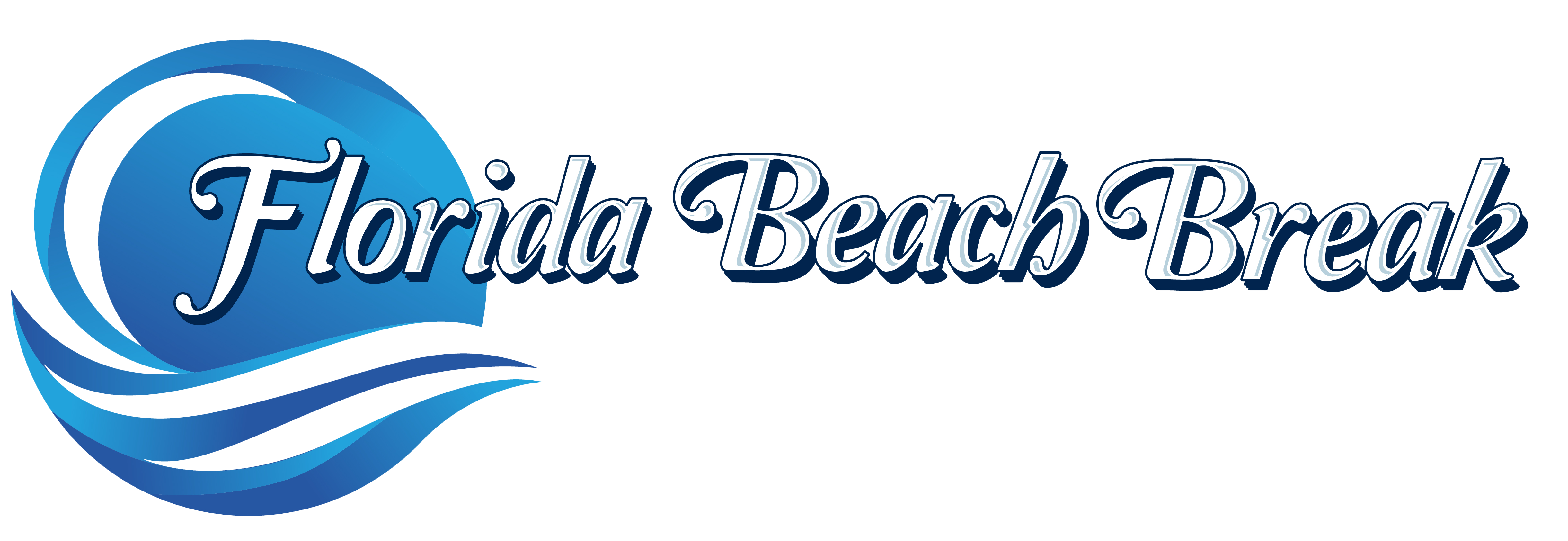
Sebastian Inlet officially opened in 1923; however, efforts to dig it out and open the flow to the lagoon date all the way back to 1872.
With the influx of settlers to the area during the mid-to-late 1800’s and into the 1900’s the quality of the stagnant water of the lagoon quickly diminished. The solution was to open up the lagoon to the ocean. At least six recorded attempts were made prior to 1923, all failing due to sand, storms and other natural causes filling in the cut.
As fortune favors the bold, the dredging of the inlet in 1923 worked with the aid of jetties and thankfully, Sebastian Inlet is what saved the community in the years to come.
In 1929 the United States plunged head-first into one of the most difficult decades, The Great Depression. With poverty gripping most families, people in the area turned to Sebastian Inlet for fishing to not only feed themselves, but also to bring in money. Commercial fishing turned out to be the saving grace for many families. Railroads in the area and the advent of ice plants rendered the ability to increase the catch and enabled shipment of fish to inland markets.
Sadly, Sebastian Inlet didn’t last long as a strong Nor’easter in the winter of 1941 closed the inlet. With the United States involvement in World War II following the attack on Pearl Harbor, the inlet remained closed for safety reasons as German U-Boats were commonly spotted off the coast of Florida.
Following the War, the US Navy Demolitions Unit who trained just south of Sebastian left a surplus of explosives behind that was used to blast the inlet open once again. Learning from past mistakes, a larger jetty was planned on each side of the inlet and constructed continued throughout the 1950’s until it’s completion.
Sebastian Inlet has remained open since then.
Throughout the 1960’s the inlet became a hotbed for fishing again, attracting anglers from all over who claimed Sebastian Inlet as theirs. That was until the jetty extension in 1970 accidentally created one of the best surfing waves on the East Coast. While surfing was deemed illegal at the inlet and surfers frequently got in trouble with local authorities and fishermen, it took the persistence of The Godfather of East Coast Surf, Dick Catri, to convince the government to allow it. With the government’s eyes now on Sebastian Inlet, the State Of Florida acquired the land surrounding the inlet and opened the Sebastian Inlet State Park in 1971.
Fast forward to 2002; the North Jetty was once again renovated and extended with an elevated concrete cap with handrails installed. Still today there is debate on how this negatively affected the infamous “First Peak” surf wave even to the point that some surfers claim the renovation and extension ruined the wave by causing the water to deflect off the jetty in a less desirable way.
While surfers point out the negative impact, others bring up that it was in fact the renovation that saved the jetty from complete destruction in 2004 when two hurricanes slammed directly into the jetty within a three-week period of time.
In a "normal" (aka "non-covid") year, Sebastian Inlet State Park draws about 780,000 visitors annually for all of the outdoor activities the recreation area offers.
Here’s a quick list of all the fun activities within Sebastian Inlet. To learn more about each activity within Sebastian Inlet, visit the Sebastian Inlet State Park page here.
Beaches: With three miles of beaches, Sebastian Inlet has a beach spot for everyone.
Bicycling: Bicyclists enjoy a 40-mile-long riding path.
Birding: Sebastian Inlet is part of the Great Florida Birding Trail and is home to 190 species of birds.
Boating: Boat ramps are located on the south side of Sebastian Inlet State Park.
Camping: Sebastian Inlet State Park offers both modern and primitive camping sites.
Fishing: Angler’s paradise for beach, river and inlet fishing.
Hiking: Unpaved, mile-long nature trail is walkable for most skill levels.
Museum: 1715 Spanish Plate Fleet Shipwreck museum.
Paddling: Canoe or kayak among the marine life.
Picnicking: Sebastian Inlet has two picnic areas.
Scuba Diving and Snorkeling: Scuba and snorkeling are enjoyed in the waters of Sebastian Inlet State Park except under the bridge and in the boat channel
Surfing: Sebastian Inlet is one of the East Coast’s best and most legendary surf spots.
Swimming: Sebastian Inlet State Park offers a unique swimming experience in a saltwater cove.
There are fees to enter the State Park, albeit very affordable fees.
- Entrance Fees: Ranges from $2-$8
- Boat Ramp Fee: $4
- Camping Fee: $28/night
- Museum Fee: $2 per person.
Sebastian Inlet State Park is open 24 hours a day, 365 days a year and is located at 9700 South Highway A1A, Melbourne Beach FL, 32951.
Assures You A Rapid Growth! Get Yourself Registered in Few Clicks.
